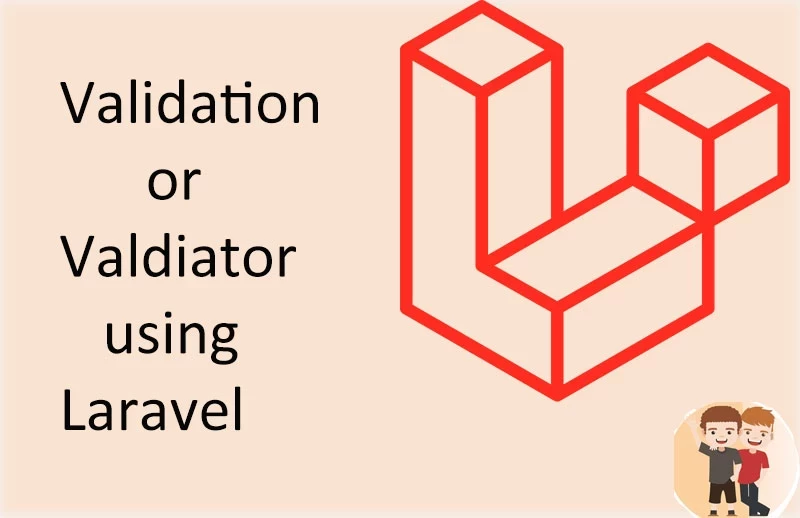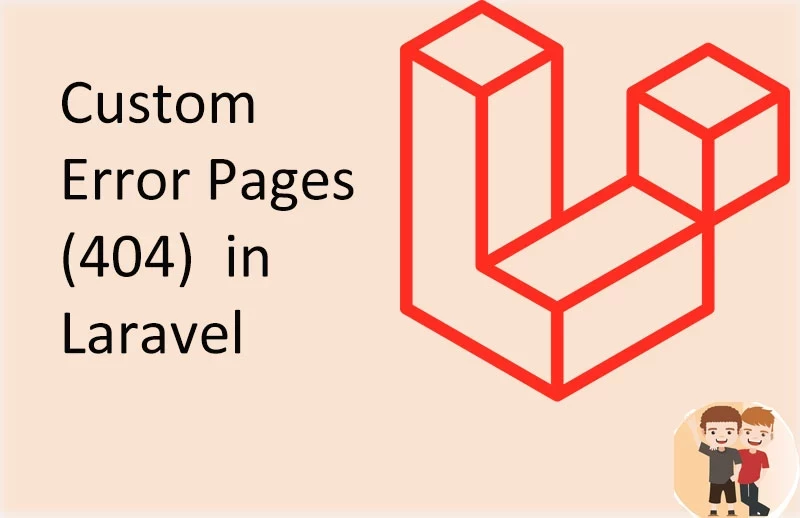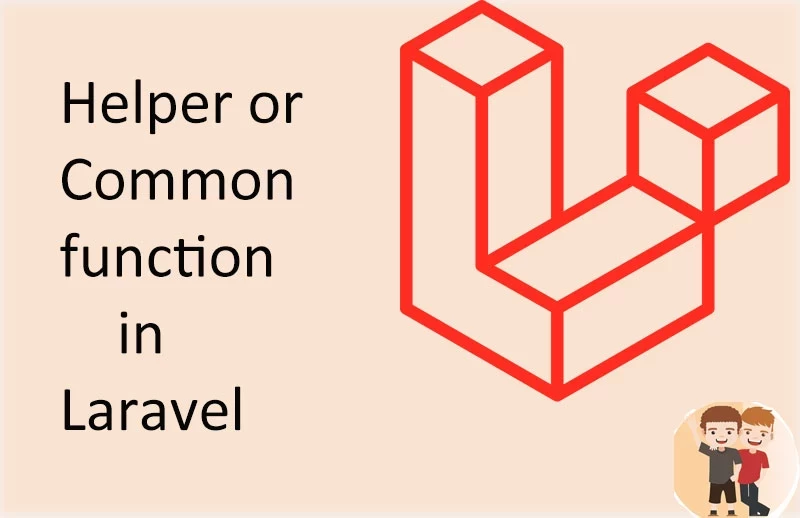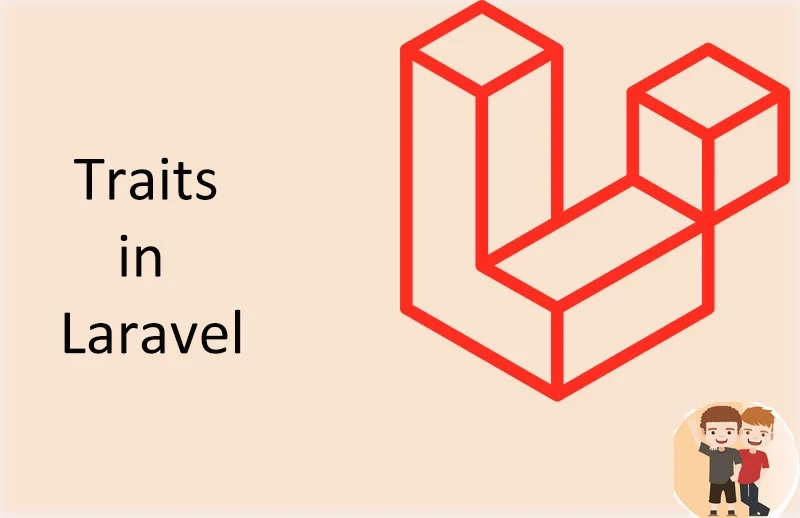Why PHP cannot use for machine learning

Table of Contents
| S.no | Contents-topics |
|---|---|
| 1 | What Is Machine Learning |
| 2 | PHP’s Role in Development |
| 3 | Key Limitations of PHP for Machine Learning |
| 4 | Alternatives to PHP for Machine Learning |
| 5 | When to Use PHP |
1: What Is Machine Learning
Machine learning (ML) is a branch of artificial intelligence where systems learn from data to make predictions or decisions. It involves complex computations, such as training neural networks on large datasets (e.g., images or text) or running algorithms for tasks like classification or recommendation. ML requires languages and tools optimized for numerical processing, parallel computing, and handling large-scale data, which impacts why certain languages are better suited than others.
2: PHP’s Role in Development
PHP is a server-side scripting language widely used for web development, powering platforms like WordPress and Laravel applications. It excels at handling HTTP requests, database interactions, and rendering dynamic web pages. However, its design focuses on web-specific tasks, not the heavy computational needs of machine learning, such as processing large datasets or running complex algorithms.
3: Key Limitations of PHP for Machine Learning
PHP is not well-suited for machine learning due to several technical constraints. Below are the primary reasons why it falls short for ML tasks.
Key Limitations:
- ✗ Limited Numerical Computing: PHP lacks robust libraries for matrix operations or vectorized computations, unlike Python’s NumPy.
- ✗ Poor Performance for Heavy Tasks: ML requires intensive processing, but PHP’s single-threaded nature struggles with parallel computing.
- ✗ Sparse ML Ecosystem: PHP has minimal ML libraries (e.g., PHP-ML), which lack the depth of TensorFlow or PyTorch.
- ✗ No GPU Support: ML often uses GPUs for training, but PHP doesn’t integrate with GPU frameworks like CUDA.
Learn more at PHP Official Site.
Also read: TENSORFLOW OVERVIEW
4: Alternatives to PHP for Machine Learning
For machine learning, languages like Python and R are preferred due to their robust ecosystems and performance. These alternatives offer tools and libraries optimized for ML tasks, including image processing or predictive modeling.
Alternatives to PHP:
- ✔ Python: Offers TensorFlow, PyTorch, and scikit-learn for robust ML development.
- ✔ R: Strong for statistical modeling and data visualization, ideal for data-heavy ML.
- ✔ Julia: High-performance language for numerical and scientific computing.
- ✔ Java: Supports ML via libraries like Deeplearning4j, with strong scalability.
Also read: PYTHON FOR MACHINE LEARNING
5: When to Use PHP
While PHP isn’t ideal for machine learning, it shines in web development. You can use PHP to build front-end interfaces or APIs to interact with ML models hosted elsewhere. For example, a PHP-based web app can send image data to a Python ML model via an API and display the results, leveraging PHP’s strengths in web handling while avoiding its ML weaknesses.











































0 Comments (Please let us know your query)